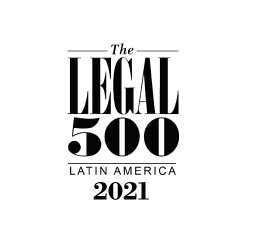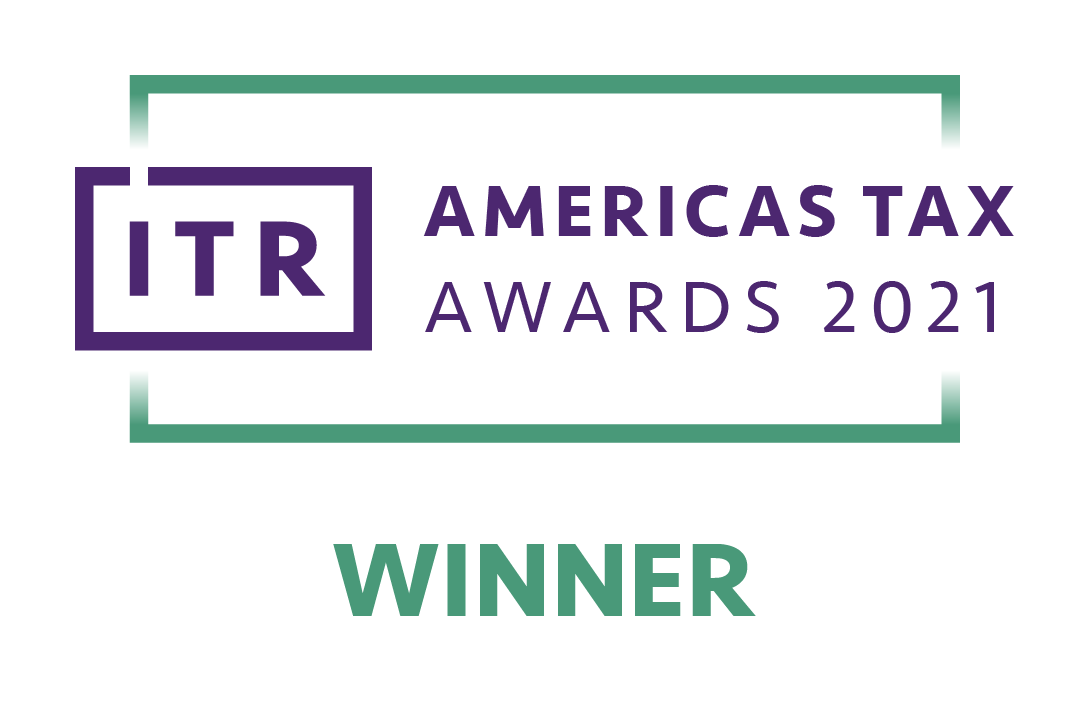On September 17, 2020, the Tax Administration (“SET”) published, for the first time, General Resolution No. 65/20, which sets out the procedure and requirements for obtaining the tax residence certificate (“TRC”) for the application of agreements in order to avoid double taxation (“DTA”).
Until recently, Paraguay had only two broad DTAs following a bit of the OECD and UN models (with Chile and the Republic of China – Taiwan), and three agreements to avoid double taxation regarding certain types of incomes (arising mainly from charges such as freight). However, between 2018 and 2019, three more DTAs were approved (with Uruguay, the United Arab Emirates and Qatar) which entered into force not long ago.
This shows the slow but important progress that we have in our network of international treaties, which seek not only to encourage foreign investment and assign each other’s tax sovereignty, but also to exchange information between the contracting States.
Bearing the above in mind, the SET issued RG No. 65/20 to bring transparency and legal security to the tax system, since a general provision that generates certainty about which document could or should be used as CRT for the application of the two broad DTAs did not exist before.
The resolution establishes the application requirements (having a Tax ID (RUC), being in good standing with tax obligations and a copy of the taxpayer or the representative’s identity card) which during the health emergency must be done via email, and then in person at the office until the “Marangatu” system includes such function.
The Tax Administration should analyze the application and, within ten business days following the filing date, release the acceptance or rejection and communicate such decision through the “Marandu” email box and at the email address stated in the application. The awarded certificate will be valid for one year.
An outstanding issue, still to be defined how would be applied, is the provision about applications for TRC involving natural persons, since in these cases the “Migration Movement Certificate” issued by the General Directorate of Migration is required, for the period of validity of said certificate.
In fact, in the domestic tax law field, a natural person is considered a tax resident since 2020 provided that the immigration requirements are met (which basically consist on holding an identity card and entering in the country at least one once every three years), an important and applauded fact, since before the clarification of the regulatory decree of the Non-Resident Income Tax (“INR”), taxpayers were somewhat uneasy in this regard (especially regarding taxes on dividends allocation).
However, the DTAs normally establish as the first rule to define a resident of certain State those who, by virtue of the legislation of that State, are subject to tax in that State due to their domicile, residence, place of incorporation, registered address, or other criteria of a similar nature.
When, by virtue of the preceding provision, a person is a resident in both countries, then a series of tie-breaking rules apply, which is ultimately decided by the person’s nationality. And if the subject has both, then it is defined by agreement of the States parties.
Therefore, we will have to wait and see how the issuance of TRC to natural persons is applied in practice.
Finally, the resolution also establishes minimum requirements that a TRC issued by another State must meet and, if written in a language other than Spanish, it must be translated by a certified translator, and kept attached to the TRC during the term set as statute of limitations.
For more information, contact mauro.mascareno@berke.com.py.












